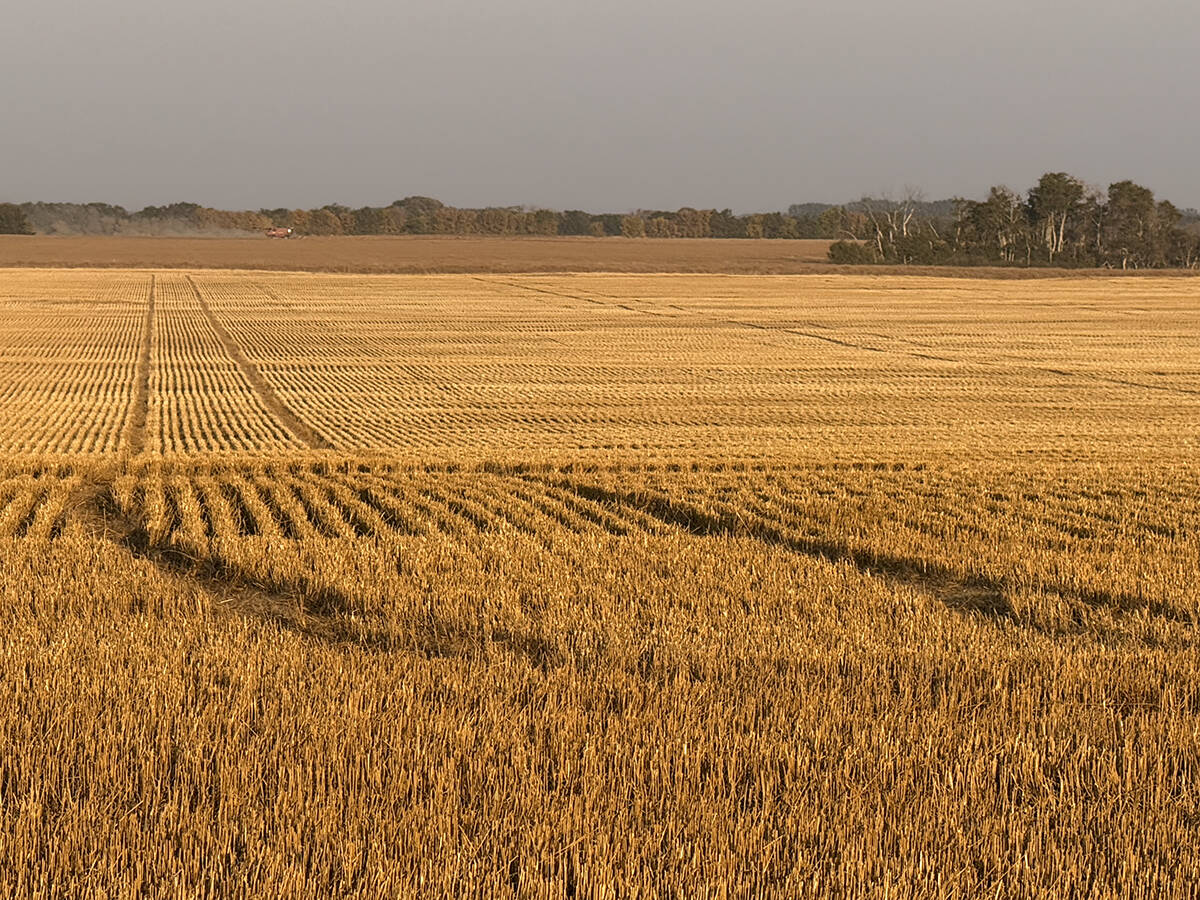Continued delays by the federal government in deciding on the fate of
its grain hopper cars are hurting efforts by prairie farmers to buy the
cars.
“The longer it drags on, the more difficult it becomes to keep the
momentum rolling,” said Sinclair Harrison, president of the Farmer Rail
Car Coalition, or FRCC.
Earlier this fall, federal transport minister David Collenette said he
hoped to unveil a new transportation policy, including the disposition
of its 13,000 hopper cars, before Christmas.
Read Also

Final crop reports show strong yields, quality
Crops yielded above average across the Prairies this year, and quality is generally average to above-average.
That’s not going to happen and sources say it could be mid-February
before any decision is announced.
That doesn’t sit well with the coalition, a consortium of western
Canadian farm organizations that wants to buy the cars for $1 and
administer them through a nonprofit corporation.
Harrison said that based on earlier statements by the government, the
coalition organized its activities on the assumption a decision would
be reached this year.
It set up a full-time office in Regina, hired an administrative officer
and hired Harrison as a full-time president.
“So we have expenses going out but no assets to generate any revenue,”
said Harrison. “It creates a financial squeeze.”
The coalition has been receiving financial support from the government
of Saskatchewan and will be meeting with Manitoba’s transport minister
in January to ask for financial assistance from that province.
Last week, the coalition released an executive summary of the
confidential business plan it submitted to federal officials in October.
In it, the coalition states its proposal to set up a nonprofit
corporation to lease out the cars will provide significant financial
and operational benefits to producers, governments, consumers, railways
and grain shippers.
Its goal will be to minimize the cost of leasing cars, which will
translate into lower freight rates and a modernized fleet that will
meet all of Canada’s grain car capacity requirements.
“FRCC believes that these objectives can all be accomplished while
realizing a net reduction in the statutory revenue cap,” it said, while
at the same time promoting a “more commercial approach” to grain
handling and transportation.
Harrison said most of the proposed financial savings will be realized
by new arrangements for fleet maintenance.
Under the current system, the revenue cap includes a fixed amount for
maintenance, which is paid by producers through their freight rates.
While the exact numbers have not been made public, Harrison said the
coalition believes the cap provides for maintenance costs of around
$4,500 per car per year.
“We have put those numbers out in meetings at which the railway were
present and never been told they were not right.”
He said the coalition has been told by other hopper car owners and rail
car maintenance companies that actual maintenance costs are typically
$1,200-$1,500 per car per year.
“So there is $3,000 per car that we feel we can either save the farmers
of Western Canada through lower freight rates or put towards renewing
the fleet,” said Harrison, adding the coalition would put maintenance
contracts out for competitive tendering.
With 13,000 federally owned cars up for sale, the savings on
maintenance would work out to at least $39 million annually.
The fleet includes another 6,000 cars, made up of 1,000 owned by the
government of Saskatchewan, 1,000 by Alberta, 2,000 by the Canadian
Wheat Board and 2,000 leased by the federal government and managed by
the board.
If the coalition was to take over the maintenance of those cars as
well, it would save another $18 million, for a total of $57 million.
Harrison said some of that money would be put aside for future renewal
of the fleet.
Approximately 25 percent of the government cars were purchased from
1972 to 1976. They have a 40-year lifespan and so will have to be
replaced beginning around 2012, at a cost of $90,000 per car. The cars
purchased since 1976 have a lifespan of around 50 years.
The hoppers were evaluated in 1996 at $400 million, but Harrison said
the market for rail cars is “very soft” and they are now valued at $100
million.














